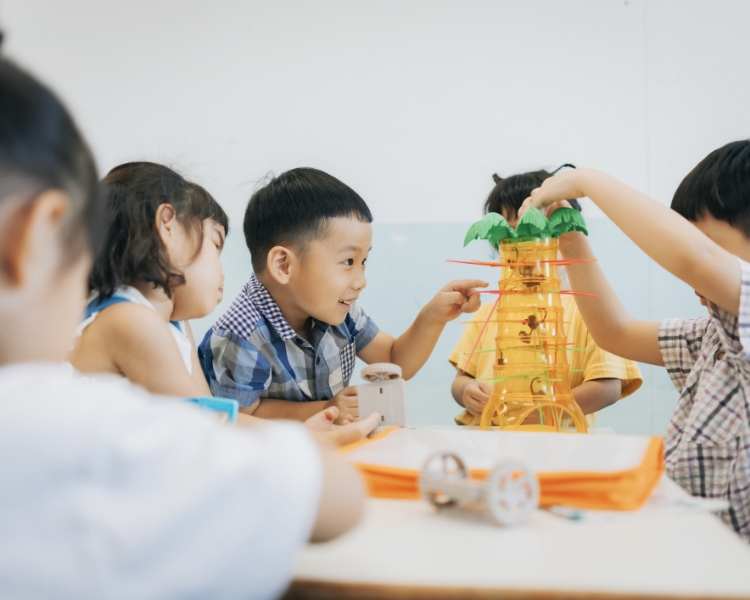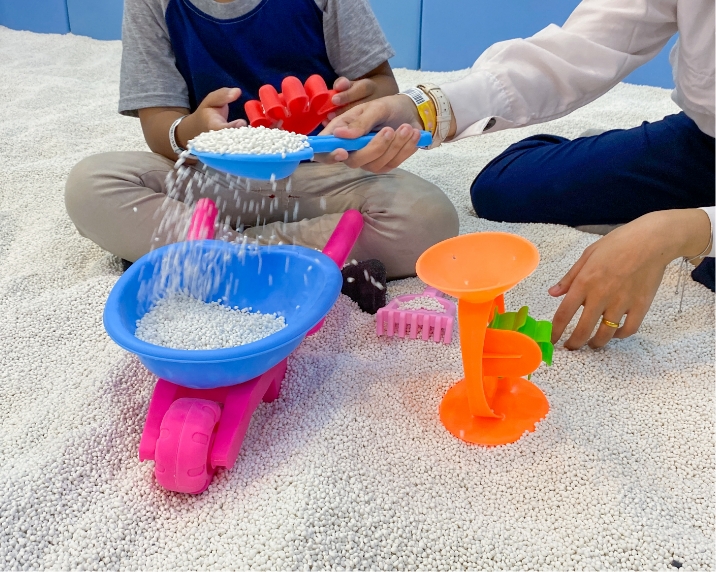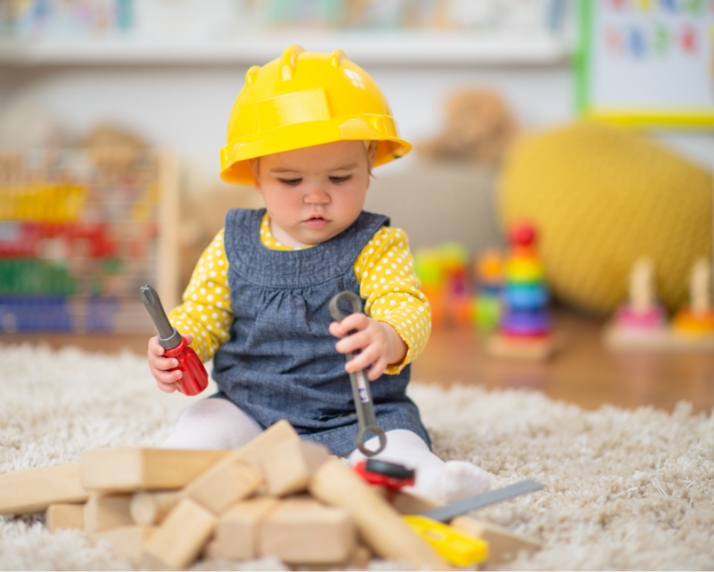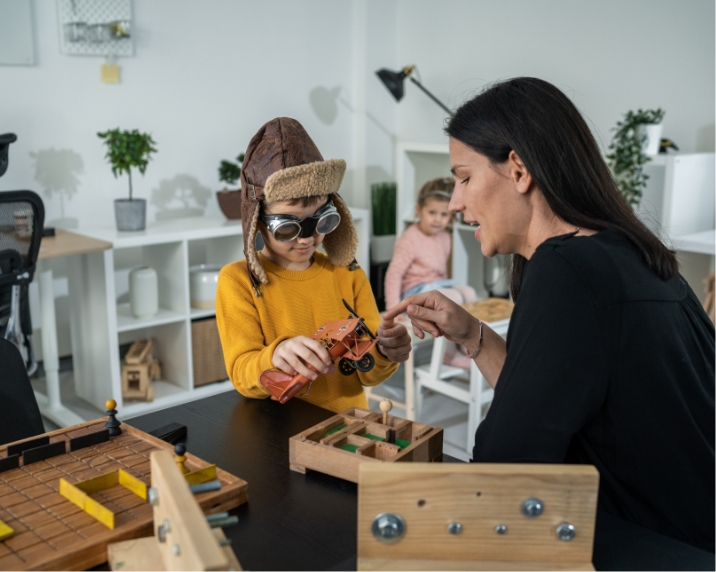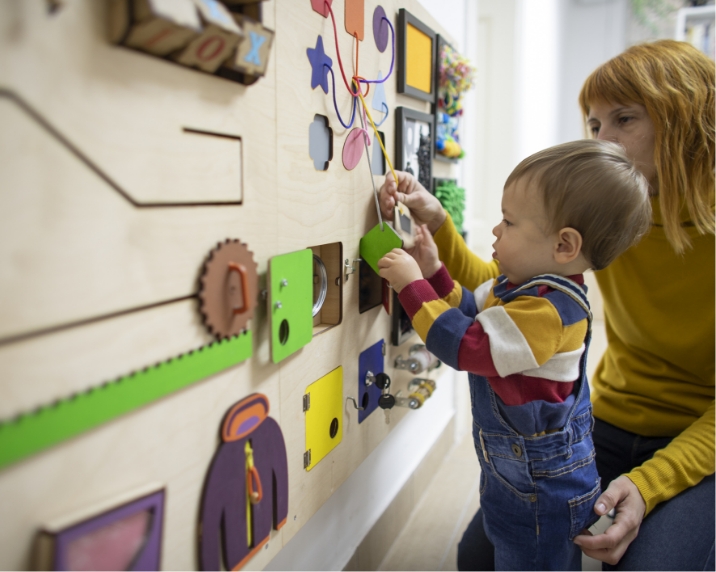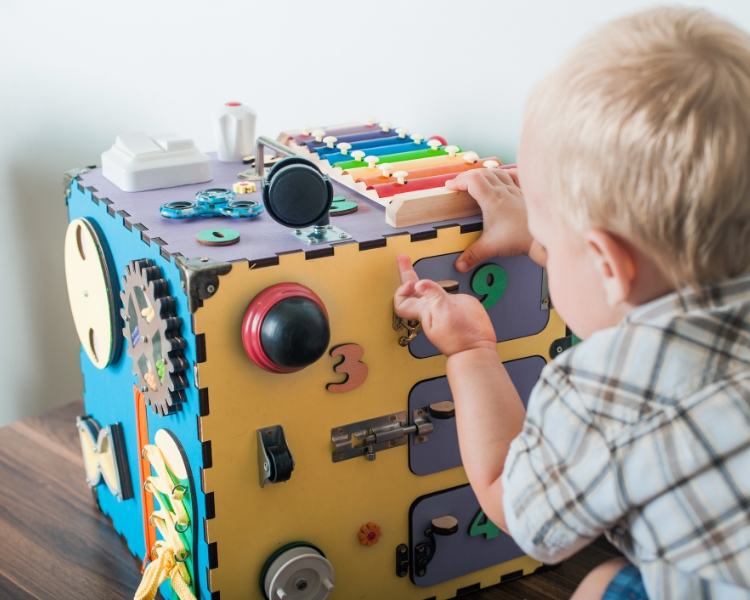Montessori and screens
In our schools
Dr Montessori talked about the child under 6 years old being a sensorial learner. They take in most easily what they can experience with their senses – what they can touch, smell, taste, hear and see. We talk often in Montessori about giving these young children real hands-on experiences and time for them to be able to explore and make discoveries in the world around them. (For some ideas, there are lots of Montessori activities on my blog HERE) Which is why as Montessori educators we prefer hands-on experiences over screens with young children under 6 years old.
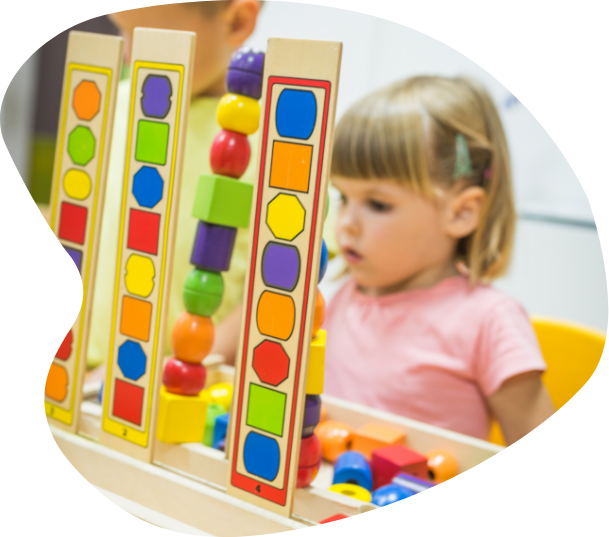

In our homes
We can limit their exposure to video calls with family, for example, where a loved one might read a book with them. If you want to use the internet to look up their favourite vehicle, can you go to the library to find a book instead or go to watch a building site at work? If you ask Alexa a question, can you instead find a concrete way to look this up, from having a set of encyclopaedias in your home to writing the question on a post-it note to make a “wonder wall” to investigate further with them?
Here are some tips with children:
Establish Agreements
Establish agreements about when there are no screens – e.g. during meal times, when we have visitors, during important discussions.
Digital Safety
Ensure they know not to meet strangers via the internet; get our permission before joining a new social network; discuss what information to keep private online; and remind them of the responsibility and possible consequences of having a permanent digital profile for any text or email sent or social media post.
The Power Of Words
Discuss online bullying and unkind comments; they agree to alert us if they are a victim of online bullying or if something online makes them feel uncomfortable or is inappropriate.
Make A Space In The Common Area
Make a space in the common area for screens to sleep at night, ideally stopping screen use an hour or two before bed. Discuss what programs they use and how they can use them safely.
Two last things
Look at our own use of technology. We are our children’s models from 0-18 years old (and beyond). They observe how we interact with technology. We can use our phones and devices purposefully, for example, telling them what are doing when we pick up our phone or are on our computer.
Children’s needs. Children need lots of movement and time outside (currently 3 hours a day for under 5 year olds according to the World Health Organisation). We want to ensure any screens in our lives are not affecting face-to-face communication with our child (including our own use).
